It might be surprising to learn that despite the Mona Lisa painting by Leonardo Da Vinci being one of the world’s most recognizable paintings, there is a lot of mystery that still surrounds it.
Recently, a geologist claims to have figured out one of these mysteries using their expertise to determine the area where the painting is set.
Leonardo Geologist
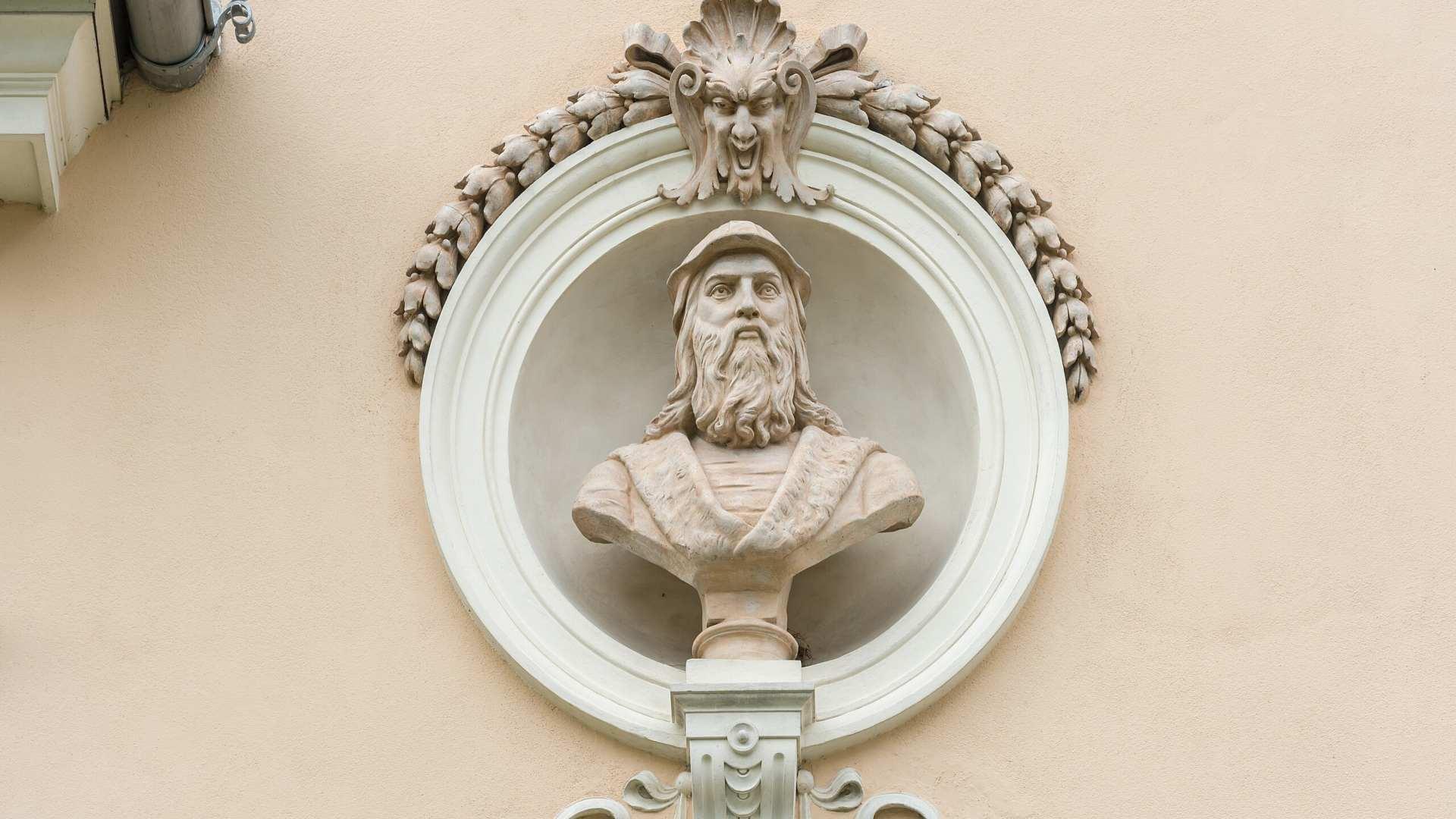
Ann Pizzorusso is a geologist and an art historian specializing in Da Vinci and his historical era. In a recent interview with CNN, she described her work to retrace Da Vinci’s steps in her search for the truth.
“In his notebook he mentions being in Lecco,” Pizzorusso told CNN in a phone interview. “He was working as an engineer.”
Decades-Long Search

Pizzorusso’s journey to the town of Lecco to trace Da Vinci’s steps started three decades ago.
She investigated this town on the southeastern shore of Lake Como based on her belief where the painting is set, discovering geological field sketches that remained of Leonardo’s engineering work that show a mountain range near Lecco.
Using Her Expertise
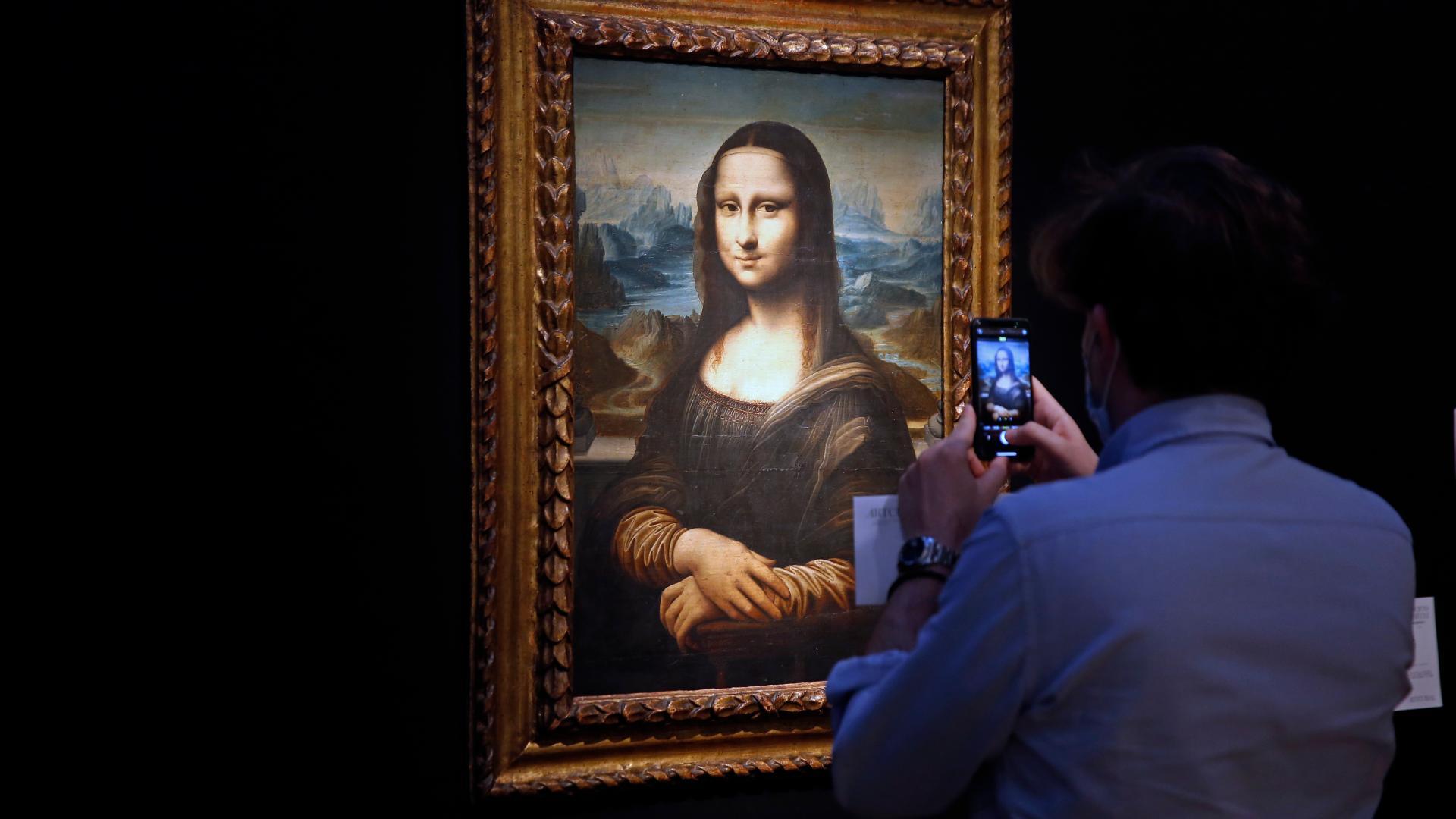
Many have tried to theorize about the possible setting of the Mona Lisa painting, and previous efforts focused on identifying an arched bridge over Mona Lisa’s shoulder.
However, Pizzorusso with her unique skillset was able to determine something about a unique rock formation towards the top of the painting.
Erosion is the Key

By examining the painting and combining her geology knowledge, Pizzorusso was able to find an important clue.
“Bridges are fungible,” Pizzorusso said. “If you look in the background, you’ll see pinnacles. It’s a type of erosion that happens in limestone that has fractures in it and breaks off in blocks, almost like a sawtooth pattern… We can show limestone exists in (Lecco). When you look at the Mona Lisa, there’s a series of mountains in the background that have this sawtooth pattern.”
Water as a Clue

Another part of the painting that clued Pizzorusso into the setting location is the body of water behind the Mona Lisa, which has a specific geological shape that suggests the area it is in.
“If you look behind her you have the elongated glacial lakes that have a particular form like fingers,” said Pizzorusso. “Because when the glacier moved it scoured out certain pieces of land.”
Quiet Confidence

Despite having been on the trail of the truth 30 years ago, Pizzorusso kept quiet about her suspicions, only telling a few others who also studied Leonardo Da Vinci.
Now after having recently revisited Lecco and confirming her theory, she will present her findings at a geology conference in the same town.
Interdisciplinary Approach

It makes sense that it took someone who is looking at the problem from an entirely different approach and skillset to put the pieces together. Pizzorusso says that her interdisciplinary pairing of earth science and art history has given her a greater appreciation for the artist’s work.
“Botticelli, even Michelangelo did terrible backgrounds because they felt the figures were more important,” said Pizzorusso. “If the background is painted right, it gives you more of an appreciation for nature.”
More Questions Still Remain
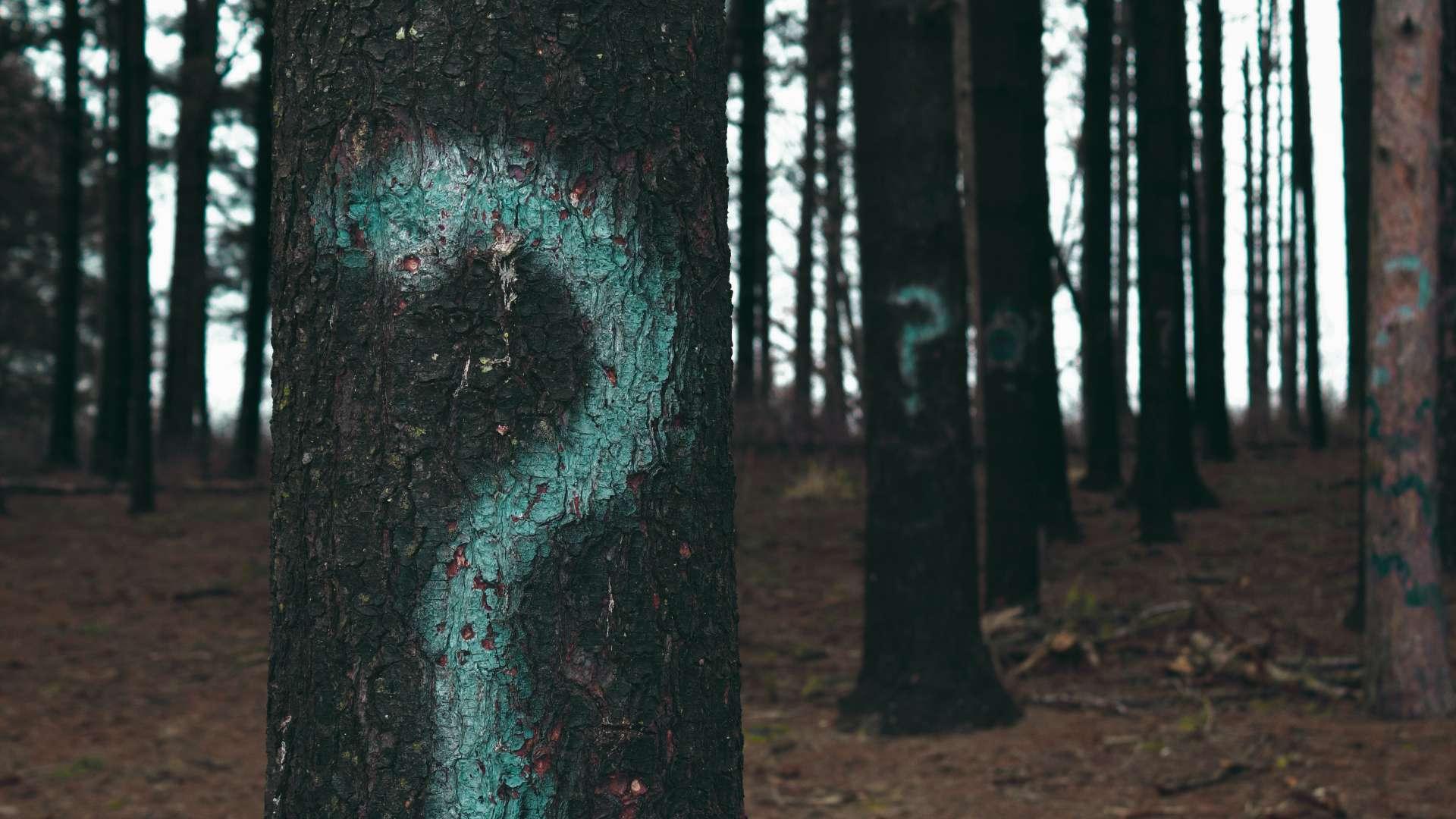
Even if the setting of the Mona Lisa painting ends up being definitely confirmed, it still doesn’t solve the complete mystery of the historical painting.
“We don’t know who (Mona Lisa) is, some believe she was a rich Tuscan merchant’s wife,” Pizzorusso said. “Why did he put her in this wild, untamed environment? This is not Tuscany. What was he trying to tell us by putting this serene, enigmatic lady in this rugged, alpine environment?”
Who Was Mona Lisa?
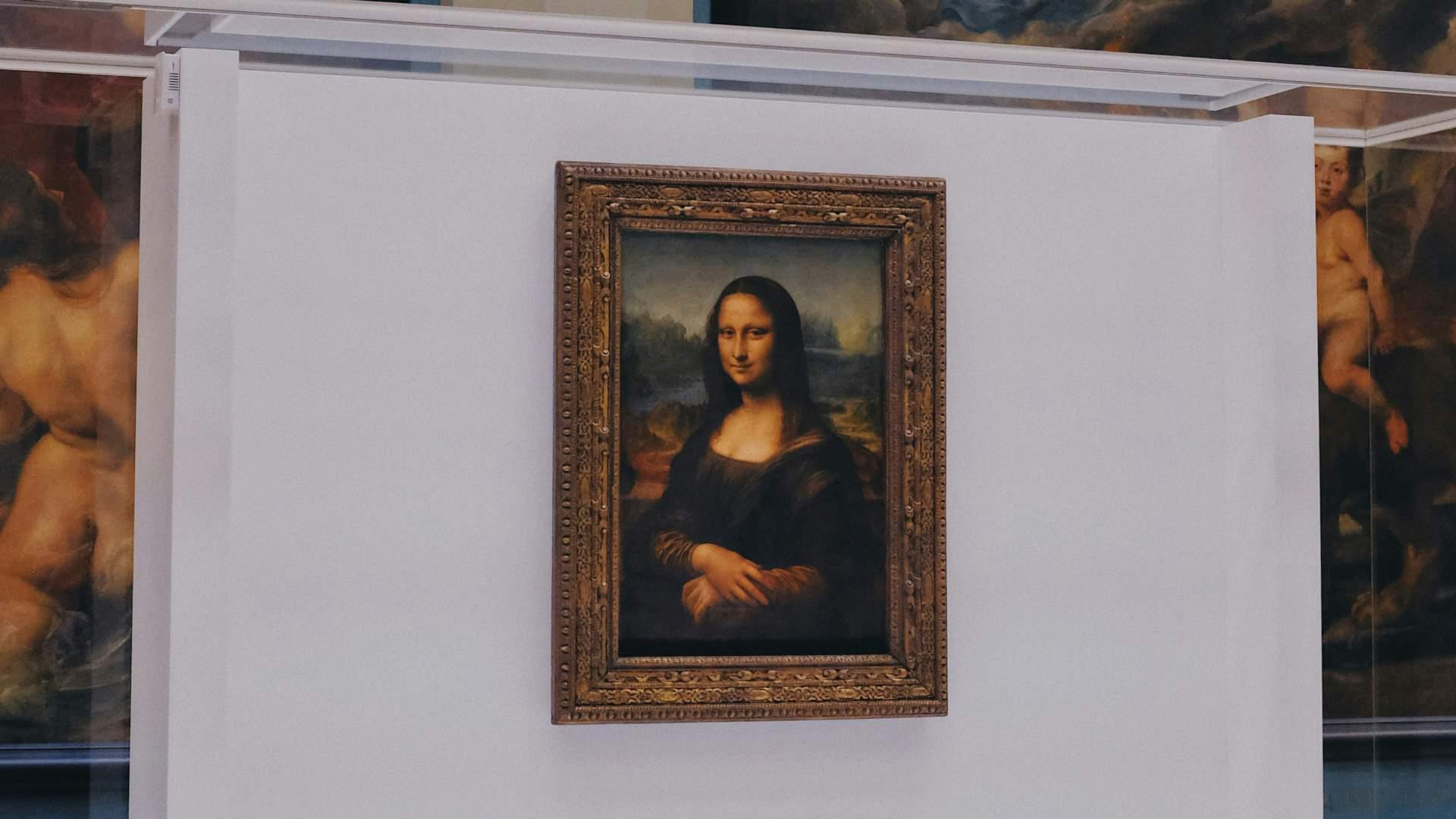
This question has haunted art historians and scholars for generations. The truth is despite her face being so famous, nobody really knows who Mona Lisa is for sure.
Some speculate she was a specific woman who commissioned Da Vinci, while others think that Da Vinci meant to portray a composite depiction of many women. Others still have theorized it may have been a young male model in drag.
Late Discovery
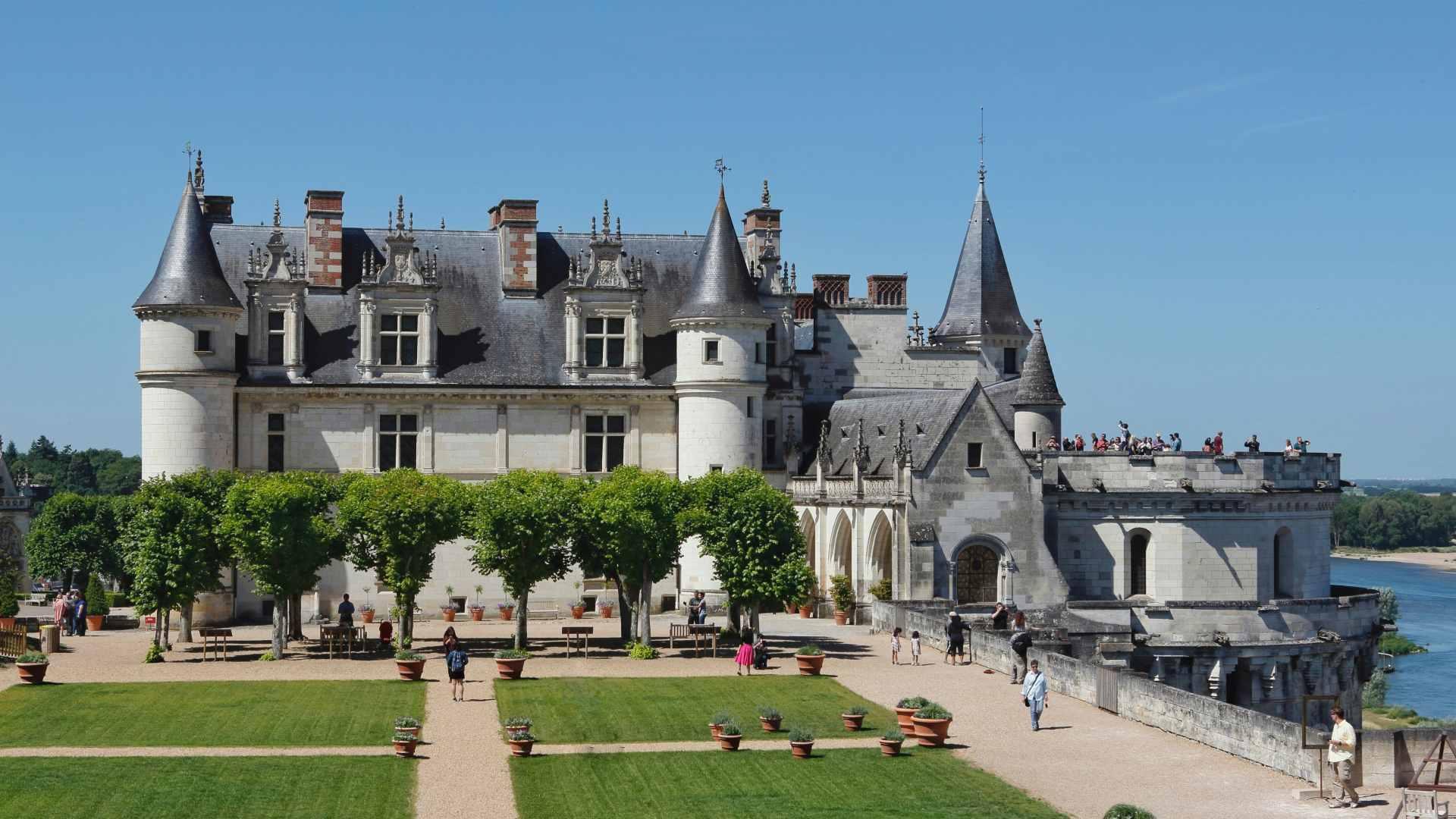
Despite Leonardo Da Vinci being recognized as a talent during his lifetime unlike the stories of some famous historical artists, the painting of the Mona Lisa was not discovered by the public until after his death.
The Mona Lisa was found in Da Vinci’s studio and acquired by French King Francis I and hidden away in French palaces for centuries.
Why is the Mona Lisa So Iconic?
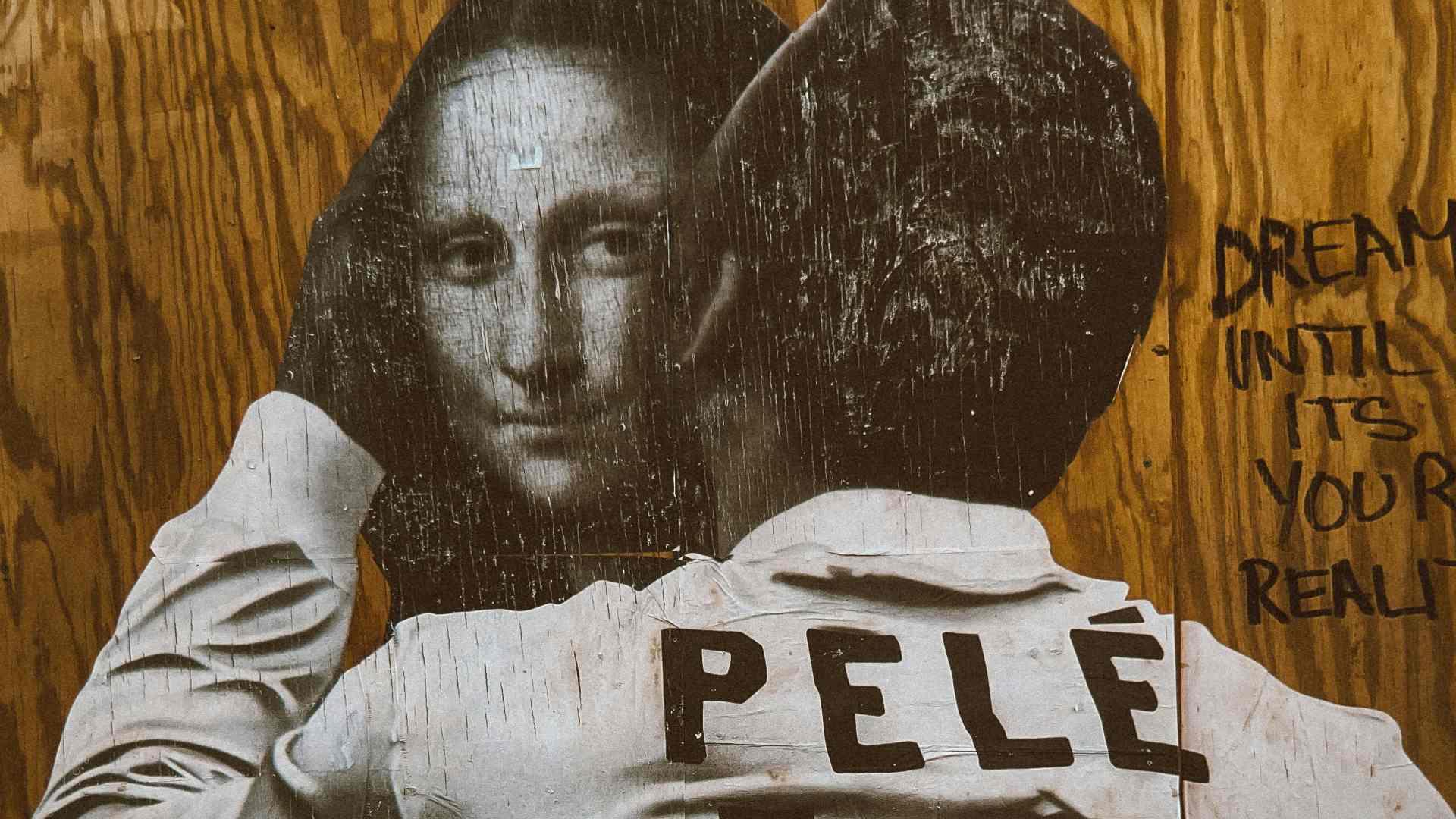
Polls have found that people rate the Mona Lisa as the greatest painting of all time, and one reason for this may be the smile. A 2017 survey showed that people nearly universally agree on a happy interpretation of Mona Lisa’s smile, despite her mysterious expression.
History also has answers for why people find the painting so iconic. It was once in the possession of Napoleon Bonaparte and became known in the public consciousness after its high-profile theft from the Louvre in Paris in 1911.

